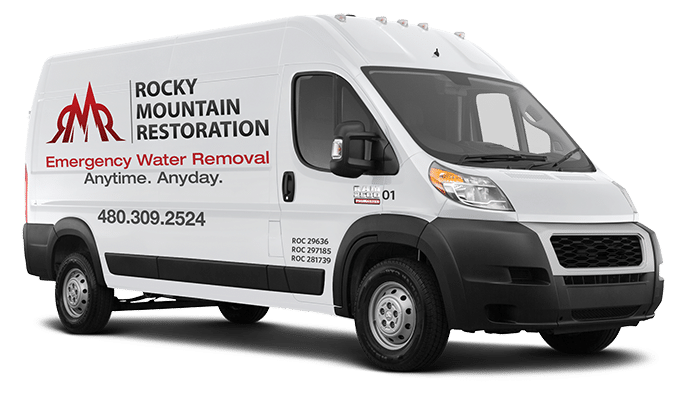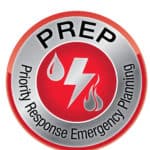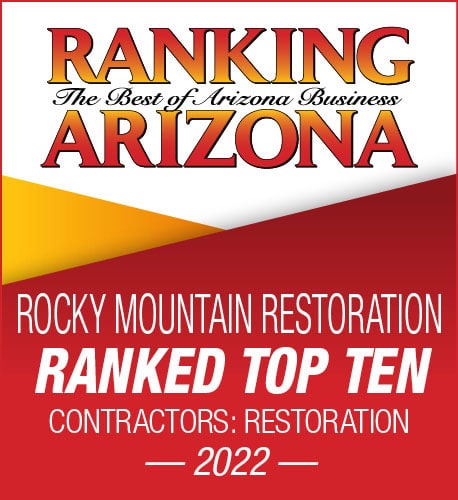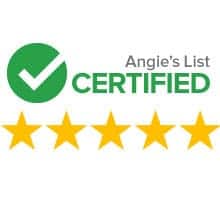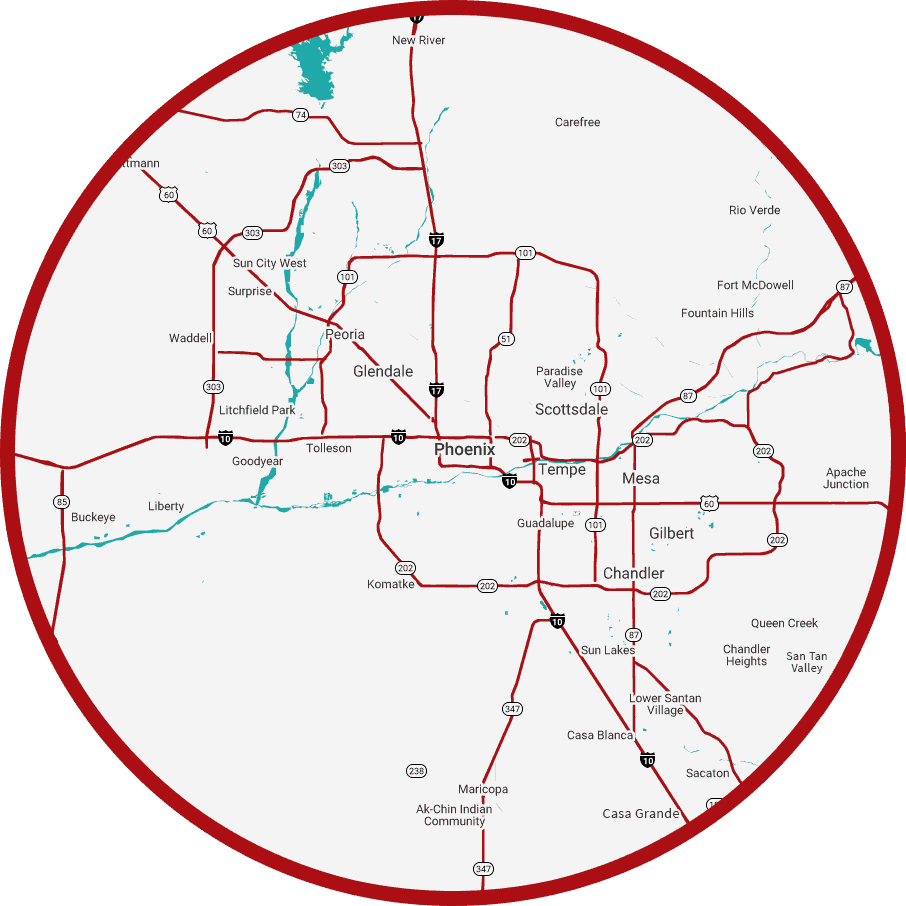How to handle a Flood Damaged Building
For those who are fortunate enough, there can be warning signs of an impending flood. If you have a pre-disaster plan already in place, then you should know which steps must be taken to ensure both the safety of those inside of a building, and the prevention of damage to important property and assets. If not, then your first step should be to get one in place.
Once a flood occurs, you will have very little time to react immediately. The bulk of your actions will be taken both before and after flooding, and the speed with which you react can often be the difference between an expensive disaster and a well mitigated one.
- Safety is critical. Have an evacuation plan, and make sure that it is being adhered to. The most important asset that you have is the people that are physically inside of a building. The sooner that they are safely out of the building, the sooner that you can respond appropriately.
- Electrical dangers require attention. Normally safe wiring, outlets, and equipment can all become shock hazards in as little as an inch of standing water depending on their placement. The power to the building needs to be disconnected until such time that it has been deemed safe to resume electrical services.
- Mold can grow in 48 hours or less. Mold can begin growing in as little as 48 hours once an environment has received excessive moisture. Depending on the size of your building and the extent of the flooding, you may be able to begin flood remediation almost immediately, and are advised to do so if the conditions are safe enough to allow it. Professional flood cleaning and response companies are absolutely recommended for this task to get the best results, and most have emergency call capability.
- Post-Flood; De sure you know your operational capabilities. Even if your business has not been badly damaged or flooded, be aware that you may not have power, clean water, and other important utilities and services for a period of time. If your business stores perishable products, you may already have safe handling protocols in place that determine what, if anything, needs to be disposed of. Any and all perishable products that have been exposed to flood water need to be thrown away without exception, even if sealed.
- Biological hazards need attention. Post-flood cleanup will also take into account the presence of bacteria and viruses which may have been present in flood water. Every surface that has been touched by that water, and even those which haven’t, may carry an infectious film that could sicken workers and guests. Do not neglect to have every surface thoroughly cleaned and dried.
With a fast response time, the proper planning, and the right follow-up actions, it is possible to dramatically reduce both loss of property and operational downtime, all of which can be the difference between whether or not a natural disaster, like a flood, could shutter your business for good. One of the best ways for your business to recover is to have an advance relationship with a trusted disaster recovery contractor. Ideally, they should offer you a PREP (Priority Response Emergency Plan) so both you and the contractor are fully prepared and can get you back in business quickly!
